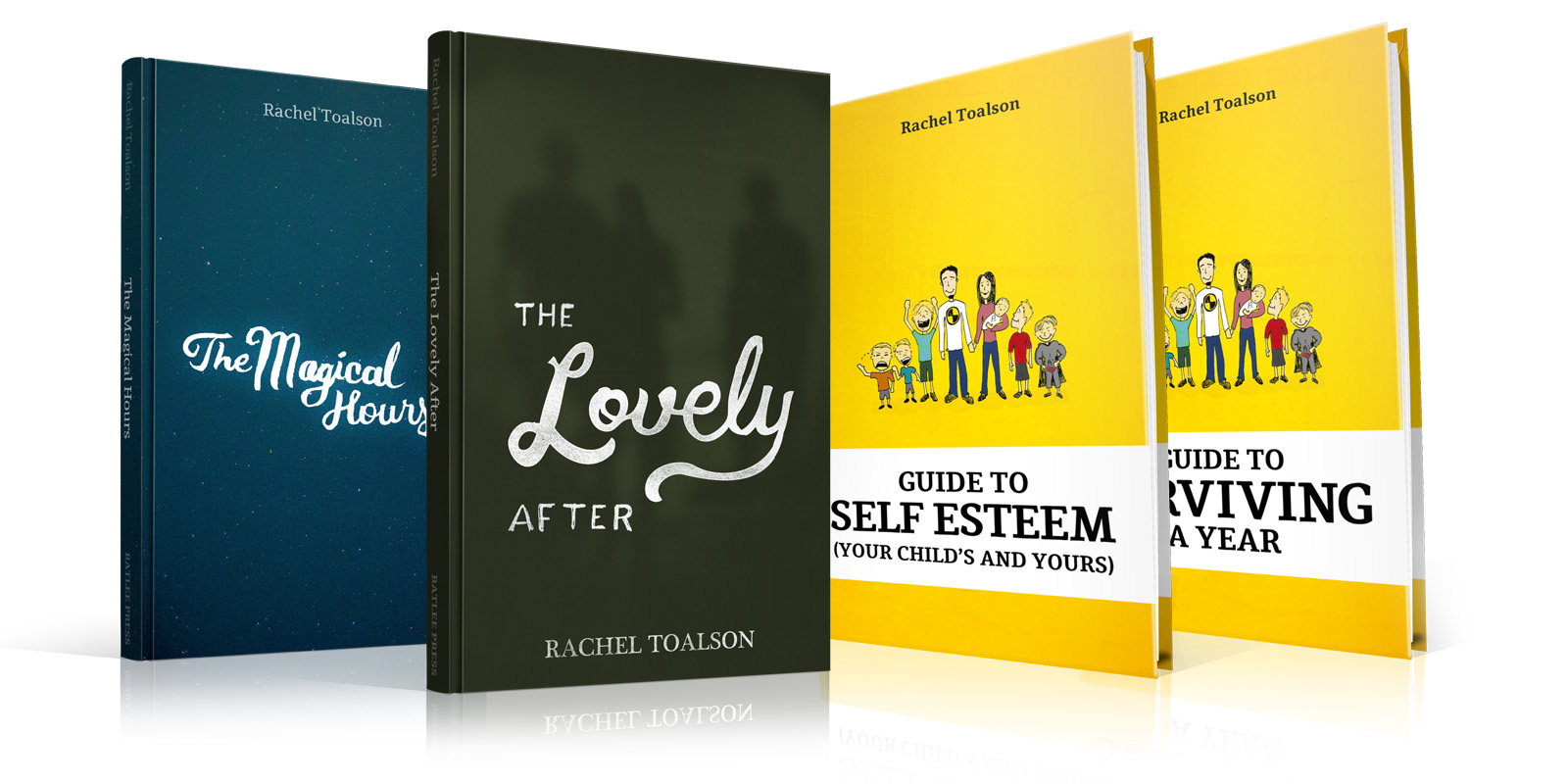We live in a new day and age when it comes to publishing. We can publish at the click of a button now (well, as long as we do all the work beforehand). It’s really never been easier.
We no longer have to go through agents or editors at publishing houses or wait to hear whether our book idea has market potential, because we get to define that market in the first place.
In some ways, this is good. In others, it’s a little scary.
I recently shopped out a middle grade novel to six agents I specifically hand-picked, because I read that they were interested in a novel like mine. Four of them asked for the full manuscript. Two turned down representation because they didn’t have the right contacts for it but said they’d be surprised if I didn’t find representation.
I sent a full edited version to an agent at the beginning of June 2015, and I’m still waiting to hear her verdict: will she represent, or will she pass?
It’s been more than a year since the first query letter I sent. In that time I’ve almost finished six more middle grade novels (two for two different series and four for stand-alones), put together twelve books I decided to sell on my own and started work on two additional projects.
I say all this to say that the traditional publishing world is a world that takes time. Even after gaining representation for a project (which could take years), an agent then has to sell the manuscript to an interested editor at a publishing house. This could take a year. Then an editor may or may not (most likely yes) have suggestions for revisions, which could take another year or more.
After that, once it’s on a publishing schedule, it might take another year to go to print, because there are many other factors that go into print publishing, like book art, layout, and fine editing.
While all that is happening, the author is hoping that no other publishing houses come out with a similar novel that might make sales tank.
One might think this is all the more reason just to bypass traditional publishing and focus on self-publishing. And we certainly have more freedom in self-publishing. I’ve got an adult novel I’ve written in poetry that I’ve been pitching to different agents for eighteen months. No one will take it, even though they call the writing “beautiful”—because it’s a novel written in poetry. It’s different. It’s not standard best-seller material. Publishing is, after all, a business. I’m giving it another year before that one will be self-published.
But, still, it has always been my dream to publish something the traditional way.
Why? some might say.
Well, the answer isn’t really simple for me. I’ve always dreamed of my book on shelves. And the only way you’re going to get a book on the shelves of big-name bookstores like Barnes & Noble or the libraries across the nation is by going through a traditional publisher (or working way harder on marketing than I want to work).
I want my book in as many hands as can get it, because I believe in the story.
For me, this debate—to publish traditionally or to self-publish—is not really a debate at all. Mostly because I want to be a hybrid author. I want to publish some works in the traditional world and others in the self-publishing world. I want to grow my audience with authentic people who actually look forward to a new release from me, whether it’s a self-published release or a traditionally published release.
The point is that I’ll keep trying to gain representation for some and I’ll go straight to self-publishing for others. The traditional market is exactly that—traditional. It doesn’t often accept cutting-edge fiction or nonfiction, so when we’re writing work that falls into that category, it’s probably just better to save our efforts and time for publishing and marketing ourselves.
Writing and publishing is a business not just for agents and editors and publishing houses, but also for us, the writers, and the only way we can build a writing business is by constantly writing and constantly releasing. It’s hard to constantly release when the only method of release is a system that takes years to get through.
As writers who do the work, it’s smart to diversify.
Here are some questions I ask myself before considering traditional publishing or self-publishing.
1. Do I want this story to stay as-is, or would I be okay with some revision requests (sometimes very major ones)?
This is the question I asked when I received about 20 personal rejection letters (not the form ones) for my adult novel written in verse. Many said they’d take another look at it if I decided to take it out of poetry and add another 10,000 or so words. I thought about this for a while. Months. But I had another novel on deck, so, instead, I tried sending that one out.
When it was time to revisit the adult novel, I didn’t feel like changing it at all. So I added it to my list of potential self-published titles, sent it out to a few other people and now I wait for a while longer.
2. Is this a story that I feel could withstand the long waiting period of traditional publishing?
This is sometimes a more important question for nonfiction than it is for fiction. I considered sending out a project where I did a whole year of examining family values and wrote in a diary-like fashion. Really, what it amounts to is nearly 300 essays about the family values we examined for a year. But I didn’t think that story would be able to withstand the publication schedule, because who knows how long this “trend” of intentional parenting will last? So I’m in the process of releasing that one (nine books have been released, three more to go) on my own.
Some nonfiction will withstand the publication schedule because the projects are a little ahead of their time. This question helps sort out the waiting time for me. Most projects will keep, by the way. So then it comes down to: Do I want it to keep? That’s a question we’ll have to ask for ourselves.
3. Is this book a stand-alone, or could it be a series?
Some stories (like series) are much easier to sell as self-published authors. With series, there’s a natural lead-in to the other stories. But sometimes I don’t want to write series. Sometimes I just want to write a stand-alone novel (the middle grade one out with agents right now is a stand-alone).
Self-published authors have a much harder time selling their stand-alone novels, because they don’t exist in what’s called a funnel—a marketing term applied to creating a natural lead-in for more book sales (one book naturally leads to another). We can create funnels for them by thinking outside the box—giving away character profiles or deleted scenes—but I didn’t want to do that with this one. Because of that, I most likely wouldn’t be able generate great sales as a self-published author.
So I continue to wait.
For writers, this debate can get pretty complicated. Some say self-publishing is the only way. Some say traditional publishing is the only way. But I don’t think it has to be one or the other. There are definite advantages and disadvantages to both processes.
It’s worth it to ask ourselves which would be better—not for all our projects, but for one project at a time.
**Note: Before signing with an agent, be sure to have a conversation about the hybrid author plans. Make sure terms are laid out extensively and simply so there’s no confusion over which titles you’re creating for traditional publishing and which ones you’ll be producing yourself.
Week’s prompt


